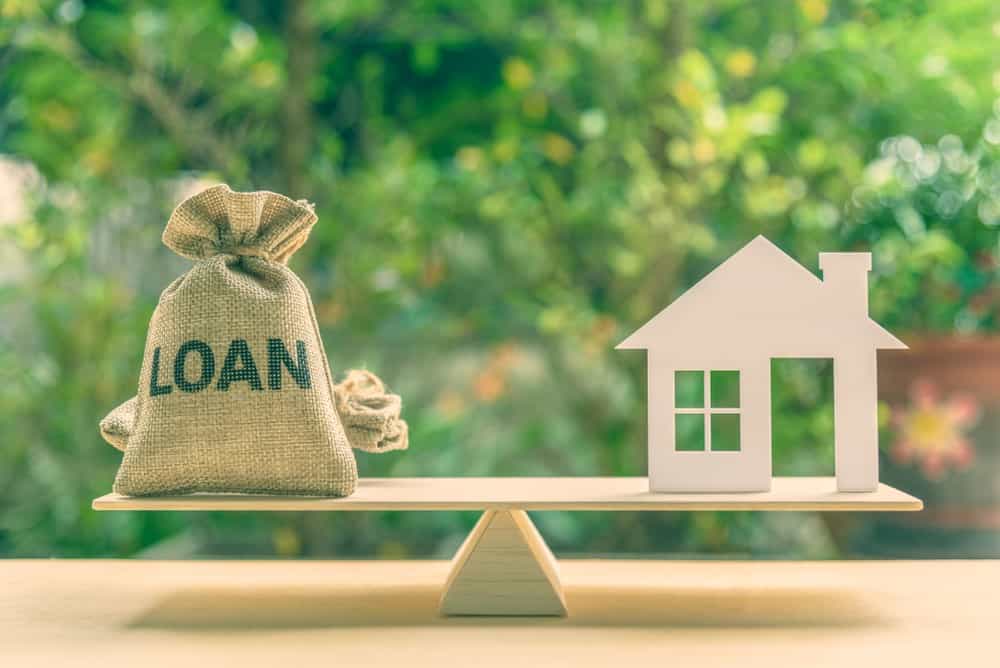When building a house, you’ll need a construction loan from a lender. Such loans cover not only the cost of construction but can include the price of the building lot. There are different types of construction loans available. For example, once work is complete, a construction-to-permanent loan converts to a mortgage. These are also known as CP-2 loans. You can also choose a stand-alone loan for construction financing, but you’ll need a mortgage when the house is ready. Construction loans generally last for a year, or until the new home construction is completed. At that time, the loan either converts or the owner obtains a mortgage from their current or new lender.
If you want to remodel or add on to your home, you don’t usually need a construction loan per se. Instead, you can contact your lender about a home-improvement loan or use a home-equity loan to pay for the work.
To qualify for a construction loan, you’ll need good credit, a steady income, and a low debt-to-income ratio. Expect to put down between 15 and 20 percent as a down payment. If you own your lot, the equity in your lot can be used towards your down payment.
CP-2 Construction to Perm vs. Stand-alone Loans
What’s the best type of construction loan for your needs? Much depends on your down payment. CP-2 loans are far more convenient than stand-alone loans, but the borrower must put at least 20 percent down. Those going the CP-2 route can lock in lower interest rates for their mortgages, and there’s no need to go through a second closing after the house is complete. With a stand-alone construction loan, less of a down payment is needed, and it may also prove a good choice for the person who hasn’t yet sold their current dwelling. However, the borrower is vulnerable to mortgage rate risks until the house is finished.
Keep in mind that lenders consider construction loans riskier than conventional mortgage loans, so expect to pay a higher interest rate on your construction loan.
Construction Loan Approval
The information required by the lender for a construction loan doesn’t differ a great deal from that needed for a mortgage, with one critical difference –the lender must also approve the builder. The lender does not want to deal with a builder with a questionable history, so approval of a construction loan requires ample documentation of the contractor’s credit rating, proof of insurance, professional licensing, and the plans for the home. A lender does not make a decision based on the house’s architecture or design elements but determines an estimated final cost of the house as per the plans and other factors via a professional home appraiser.
Construction Loan Disbursement
Once the lender approves the loan, construction can begin. However, the money is not disbursed all at once, but in stages. Once a stage is completed, the contractor bills the homeowner and the homeowner requests payment for that particular phase. Then, the lender arranges for an inspector to verify the satisfactory completion of the job before disbursing funds. Disbursement of funds is based on a schedule decided between the lender, builder, and homeowner.
Borrower Payments
During the new home building process, the borrower starts making payments on the construction loan. Most borrowers make interest-only payments on the loan, and interest is only charged on the disbursed amounts.
Final Completion and Final Payment
The final completion requires the contractor and homeowner to sign a legal document confirming that the new home construction is totally complete. After the signing of the completion paperwork, the final payment takes place. The final payment involves any unpaid balances or amounts affected by change orders as per the contract. Congratulations, as you’ve made that final payment and can proceed with moving into your brand-new home.
Contact us at Mid America Mortgage Services, Inc. to schedule a meeting time to get started on building your new home!



